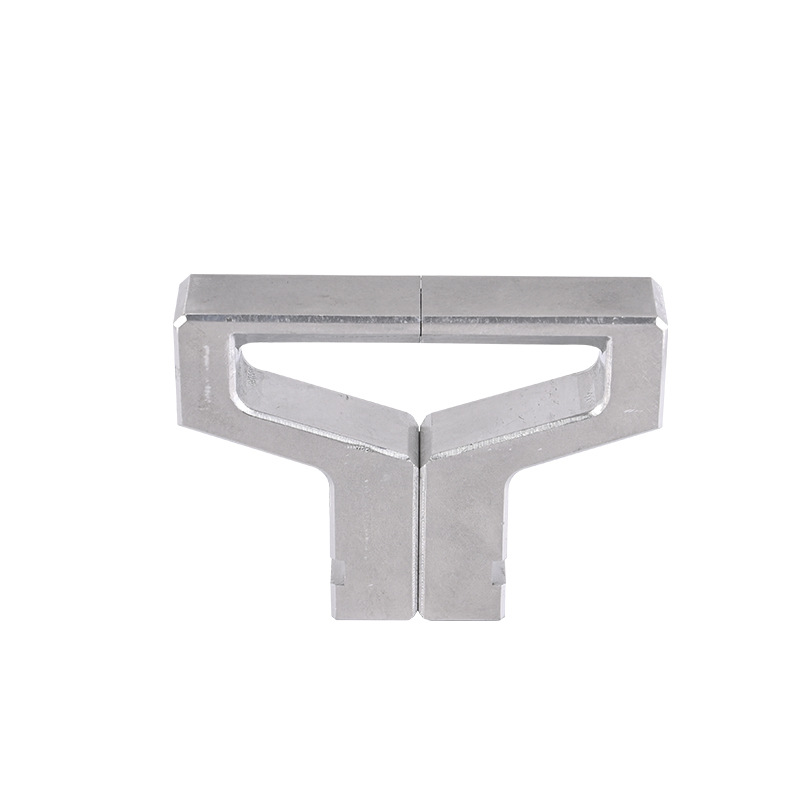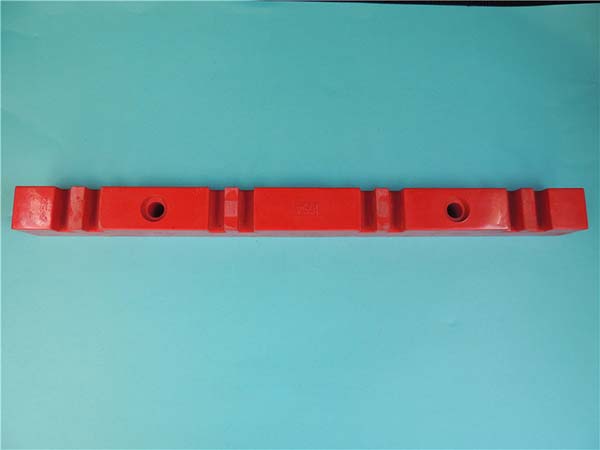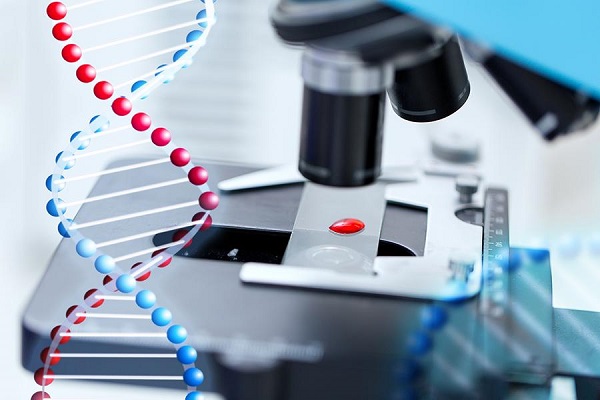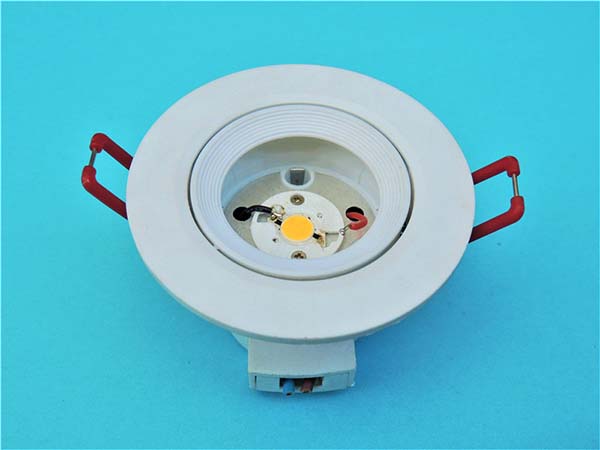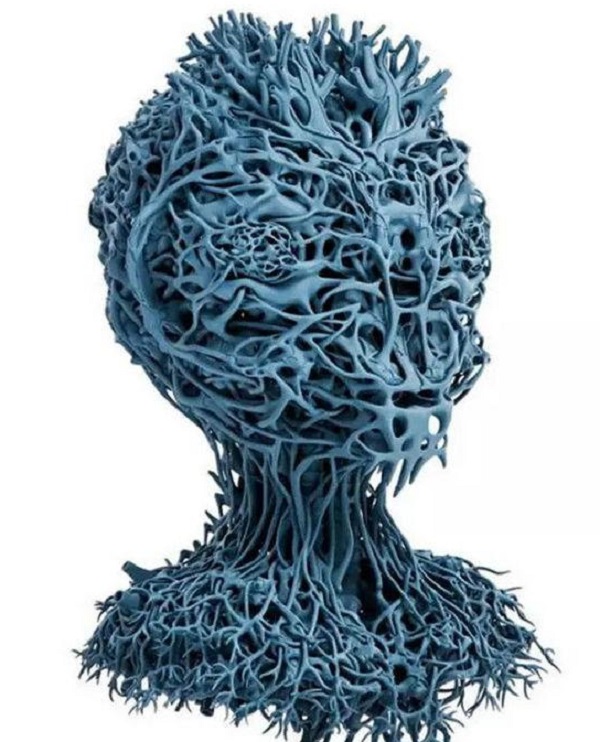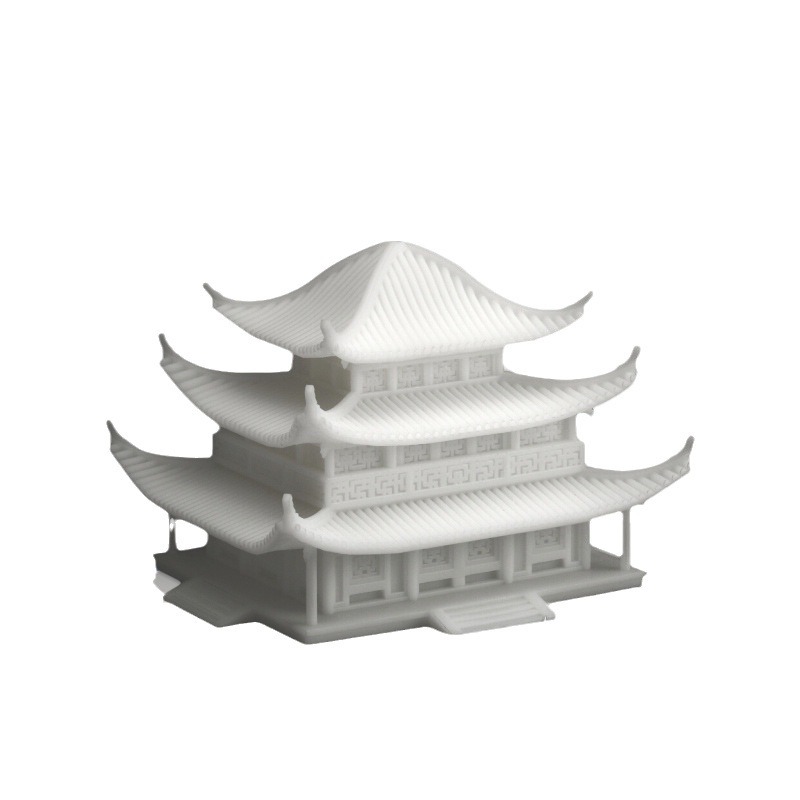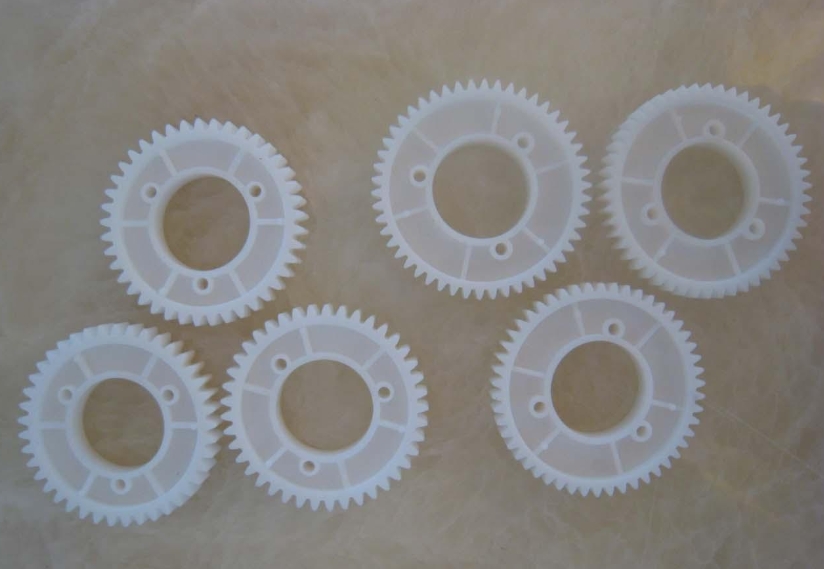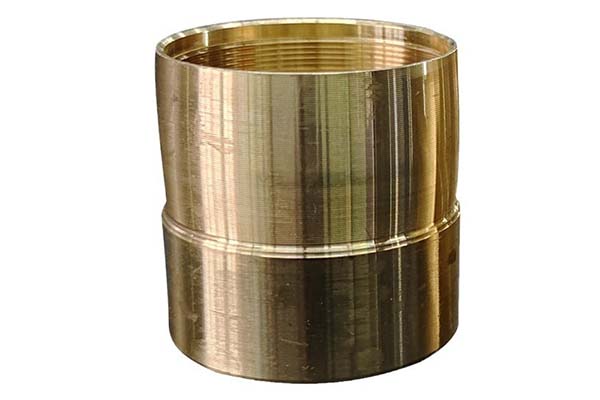What is Additive Manufacturing in the Medical Field?
Additive manufacturing in the medical field, commonly known as 3D printing, is a revolutionary technology that has transformed the way medical devices, implants, and even tissue constructs are produced. It is a process of creating three - dimensional objects by adding layer upon layer of material, based on a digital model.
The Basic Principle
The process begins with a digital design, which can be created using computer - aided design (CAD) software or obtained from medical imaging techniques such as computed tomography (CT) scans or magnetic resonance imaging (MRI). This digital model is then sliced into thin layers by specialized software. The 3D printer reads these sliced images and deposits the material layer by layer, following the precise pattern of each layer, until the final 3D object is formed. For example, in the creation of a custom - made orthopedic implant, the patient's bone structure is first scanned to create a highly accurate digital model. The 3D printer then uses this model to build the implant, layer by layer, using biocompatible materials like titanium alloys or medical - grade polymers.
Difference from Traditional Manufacturing
Traditional manufacturing methods, such as subtractive manufacturing (machining, milling, etc.) and formative manufacturing (casting, forging), have been the norm for a long time. However, they have several limitations when compared to additive manufacturing in the medical field.
| Comparison Items | Traditional Manufacturing | Additive Manufacturing |
| Design Freedom | Limited by the tools and molds used. Complex designs are difficult and costly to produce. | Allows for highly complex and customized designs. Geometric shapes that are impossible to create with traditional methods can be easily achieved, such as lattice structures for better tissue integration in implants. |
| Customization | Customization is time - consuming and expensive, often requiring new molds or tooling for each variation. | Ideal for personalized medicine. It can produce patient - specific devices and implants quickly and cost - effectively. For instance, custom - fit dental prosthetics can be made based on the patient's unique dental impressions. |
| Material Waste | Subtractive manufacturing often results in a significant amount of material waste as excess material is removed to create the final product. | Material - efficient as it only adds the necessary material, reducing waste. This is not only environmentally friendly but also cost - effective, especially for expensive biocompatible materials. |
| Production Time for Small Batches | Long lead times for small - batch production due to the setup time for molds and tools. | Shortens the production time for small - batch or one - off products. In emergency medical situations, a customized splint or a surgical guide can be printed on - demand within a few hours. |
Applications of Additive Manufacturing in the Medical Field
Additive manufacturing has found diverse and revolutionary applications in the medical field, revolutionizing patient care and treatment outcomes.
Customized Implants
One of the most significant applications is in the production of customized implants. In orthopedics, every patient's bone structure and condition are unique. For example, in cases of complex bone fractures or bone defects, traditional off - the - shelf implants often cannot provide the best fit. With additive manufacturing, doctors can create implants tailored to the patient's specific anatomy. A study by [research institution name] found that customized 3D - printed titanium orthopedic implants showed a 30% higher success rate in long - term fixation compared to standard implants. This is because the 3D - printed implants can precisely match the irregular shape of the damaged bone, promoting better osseointegration (the process of bone growing into the implant).
In dentistry, additive manufacturing is also transforming the production of dental implants and crowns. A 3D - printed dental crown can be designed to fit perfectly with a patient's remaining tooth structure, improving aesthetics and functionality. According to a report from the American Dental Association, over 20% of dental clinics in the United States are now using 3D - printed dental restorations, a number that is expected to grow significantly in the coming years.
Tissue and Organ Printing
Tissue and organ printing is another exciting area of development. Scientists are making progress in printing various tissues such as liver tissue, tendons, and even corneal tissue. A recent study published in the journal "Nature Biotechnology" demonstrated the successful 3D printing of a functional liver tissue construct. Although full - scale, fully functional organs are still in the experimental stage, these advancements hold great promise for the future of organ transplantation. For instance, the ability to print a patient - specific liver could potentially solve the organ shortage problem. In the case of tendon printing, researchers have been able to create tendon - like structures that show similar mechanical properties to natural tendons, which could be used for tendon repair in the future.
Surgical Tools and Models
Additive manufacturing enables the creation of highly specialized surgical tools and models. Surgical models can be printed based on a patient's actual anatomy, allowing surgeons to plan complex procedures more effectively. For example, in craniofacial surgeries, a 3D - printed model of the patient's skull can help surgeons visualize the operation site and practice the procedure before the actual surgery. This has been shown to reduce the operation time by an average of 20% in some studies.
Custom - made surgical tools are also becoming more common. These tools can be designed to fit the surgeon's hand perfectly or to perform very specific functions during surgery. For example, a 3D - printed retractor can be shaped to better access a particular anatomical area during a surgical procedure, improving the precision and safety of the operation.
Yigu Technology's View
As a non - standard plastic metal products custom supplier, Yigu Technology sees great potential in the application of additive manufacturing in the medical field. The ability to create complex geometries and customized products aligns well with our expertise in producing unique plastic and metal components.
We believe that additive manufacturing will drive innovation in medical device materials. Our experience in material research allows us to explore new biocompatible plastics and metal alloys suitable for 3D printing in medical applications. For example, we are constantly researching and developing new materials that can better meet the high - demand requirements of medical implants, such as improved strength and corrosion resistance while maintaining excellent biocompatibility.
In terms of customized production, we can use additive manufacturing to produce small - batch, high - precision medical components quickly. This not only shortens the production cycle but also reduces production costs. However, we also recognize the challenges, such as regulatory compliance and quality control. To address these, we are committed to establishing strict quality management systems and closely following medical device regulations to ensure that our products meet the highest standards of safety and effectiveness.
FAQ
What types of medical products can be made with additive manufacturing?
Additive manufacturing can produce a wide range of medical products. This includes customized implants such as orthopedic implants (like hip and knee implants tailored to a patient's unique bone structure), dental implants, and cranial implants. Surgical tools, such as forceps, retractors, and customized cutting guides, can also be made. Additionally, tissue constructs for research and potentially future transplantation, like liver tissue patches and tendon - like structures, are being printed. And 3D - printed anatomical models, which help surgeons plan complex operations, are another important product.
Is additive manufacturing in the medical field expensive?
The cost of additive manufacturing in the medical field is a complex issue. The initial investment in 3D printing equipment can be high, with some industrial - grade 3D printers costing hundreds of thousands of dollars. However, for customized products, it can be cost - effective in the long run. For example, producing a one - off customized implant through traditional methods would require creating expensive molds, while 3D printing can directly manufacture it without the need for molds. Material costs vary depending on the biocompatible materials used. Some high - end biocompatible polymers or advanced metal alloys can be costly, but as the technology advances and the market grows, material prices are gradually becoming more affordable. In terms of production, additive manufacturing can reduce waste, which also helps in cost - savings. Overall, while there are costs involved, the benefits in terms of personalized medicine and reduced waste can offset some of these expenses.
How are the quality and safety of additive - manufactured medical products ensured?
The quality and safety of additive - manufactured medical products are ensured through several means. First, there are strict regulatory standards. In the United States, the Food and Drug Administration (FDA) has established guidelines for 3D - printed medical devices, which cover aspects such as material biocompatibility, device performance, and sterility. Manufacturers must comply with these regulations. Second, quality control processes are in place during production. This includes pre - production checks of the digital models to ensure accuracy, in - process monitoring of the 3D printing process to detect any anomalies, and post - production inspections, such as non - destructive testing for implants to check for internal defects. Third, material testing is crucial. All biocompatible materials used must be thoroughly tested to ensure they do not cause adverse reactions in the body.

